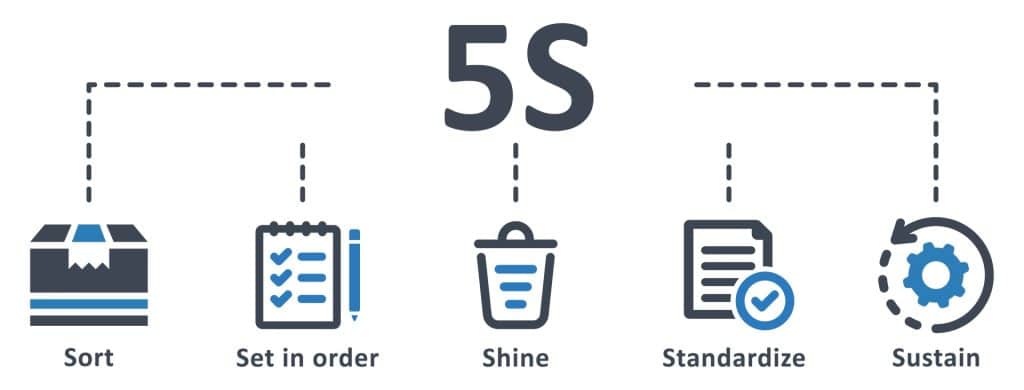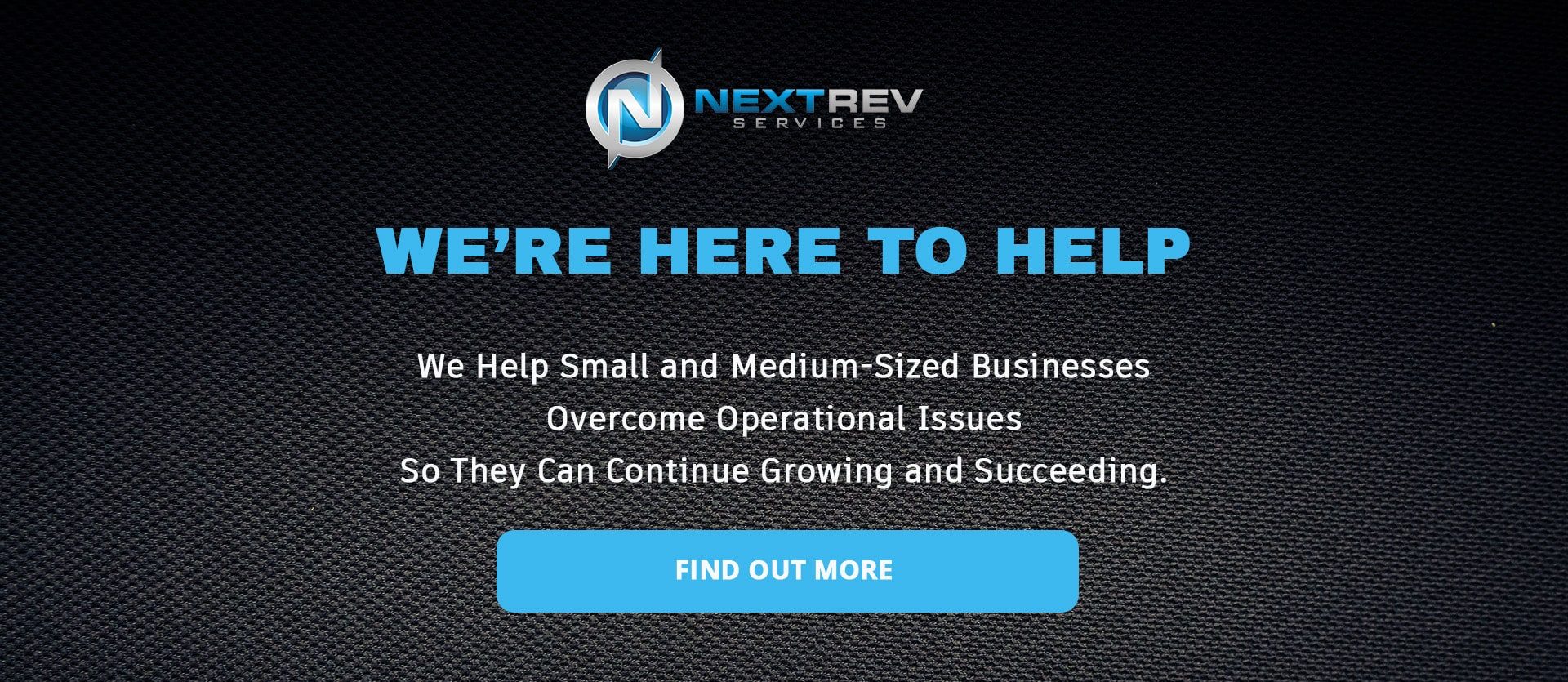Here’s a secret. If you’re looking to transform your company, you need to embrace ongoing change. And by ongoing change, I mean operational excellence.
I know “Operational excellence” sounds like a business buzzword, but trust me, it’s more than that.
To prove it, let’s dive into operational excellence and explore its definition, benefits, and main principles. So get ready to take notes because we’re going deep.
Table Of Contents:
- What Is Operational Excellence?
- Operational Excellence Methodologies
- Core Principles of Operational Excellence
- How To Implement an Operational Excellence Program
- Overcoming Challenges in Achieving Operational Excellence
- Measuring the Impact of Operational Excellence
- Conclusion
What Is Operational Excellence?
To start, what exactly is operational excellence, and what does it mean?
Operational excellence is a term that describes a strong commitment to delivering value to your customers while also finding ways to improve your business in every aspect. It all starts from the top down with company culture and ensures your business is always looking for better ways to improve so it can remain competitive.
Operational excellence is not something you simply do once, and that’s it; it’s an ongoing process your company must continuously pursue. To achieve it, your company needs a strong company culture, effective leadership, and engaged employees.
Definition of Operational Excellence
So, what exactly is the definition of operational excellence?
Operational excellence is a philosophy and culture that seeks excellence in all areas of your business. It’s driven by effective leadership and engaged employees constantly looking for ways to improve processes, reduce waste, reduce costs, and deliver the best possible products and services to customers. This philosophy is also a great way to ensure your company’s long-term success.
Although many people think operational excellence is just about figuring out ways to save money or speed up processes, as you can see it’s much much more than that. Heavy emphasis is placed on enhancing the customer experience as well.
At heart, Operational Excellence is an element of organizational leadership that stresses the application of a numerous methodologies and tools, with a focus on the sustainable improvement of outstanding performance metrics.
— Operational Excellence Society (@OpExSociety) December 3, 2020
As the Operational Excellence Society states, operational excellence is all about applying methodologies and tools to improve performance metrics. And that starts with leadership and culture, of course!
To achieve operational excellence, your company will need to embrace some key principles:
- Customer focus: Everything you do should be centered around creating value for your customers.
- Continuous improvement: Operational excellence is an ongoing journey of identifying and eliminating waste and inefficiencies.
- Employee engagement: Your people are your greatest asset. Empower them to drive change and improvements.
- Fact-based decision-making: Use data and metrics to guide your decisions and measure progress.
- Process thinking: Look at your organization as a system of interconnected processes, not just individual functions or departments.
Benefits of Operational Excellence
So why bother with this whole operational excellence journey?
Because the benefits are huge:
- Improved efficiency and productivity
- Higher customer satisfaction and loyalty
- Increased employee engagement and retention
- Better decision-making based on data and facts
- Sustainable, long-term growth and profitability
But these changes don’t just happen overnight. Achieving operational excellence takes time, effort, and a real commitment from leadership to make that cultural change.
I know in today’s day and age, everyone wants instant gratification, but I promise you when you get further down the road and look back, you’ll nod your head in agreement and say – yep, every step was absolutely worth taking. Because the business world is so competitive, committing to continuous improvement and putting your customers first is one of the best strategies you can take to help ensure your company survives.
Operational Excellence Methodologies
Over the years many methods have been developed to help companies achieve operational excellence. Without getting too deep into things, here are some of those methods and their primary focuses.
- Lean: Which also goes by the name Lean Management or Lean Manufacturing, helps organizations operate more efficiently and with less waste across all their business processes by focusing on minimizing resource use and improving workflow.
- Six Sigma: Ensures products and services have fewer mistakes through a methodical process that uses specific steps and mathematics to identify and solve problems.
- Total Quality Management (TQM): Aims to involve everyone in the company in ongoing efforts to improve operations, thereby enhancing customer satisfaction and streamlining work processes.
- Theory of Constraints (TOC): Identifies and addresses the most significant hindrance in a process, finding solutions to improve overall performance.
- Business Process Reengineering (BPR): Involves radically changing the way tasks are performed in a business to achieve substantial improvements in speed and quality.
- ISO 9001: Establishes a set of quality management standards that companies follow to ensure their products consistently meet high standards and improve over time.
- Kaizen: Focuses on making continuous, small changes that involve all employees, enhancing workplace efficiency and effectiveness.
- Just-In-Time (JIT): Minimizes waste and increases efficiency by producing products only as they are needed, reducing unnecessary material and space use.
- 5S System: Promotes workplace organization and cleanliness to enhance efficiency and safety.
- Shingo Model: Encourages organizations to cultivate a culture that values principles of operational excellence, ensuring that everyone works together to improve processes and respect each other.
As you can see, there are several different methodologies for achieving operational excellence. However, that doesn’t mean one of those methods must be used. Companies often prefer to take a customizable approach and use something that’s tailored to their unique needs, goals, and objectives.
Core Principles of Operational Excellence
Alright, so now that we’re all drinking the operational excellence Kool-Aid and know there are a number of different methodologies for achieving it, let’s mix in some core principles.
From reading the descriptions above you can see the various methods each have a primary focus that is slightly different. Although they each may have a different focus, they do share a few of the same guiding principles. It’s these core principles that ultimately guide and shape your company’s culture and allow you to achieve operational excellence.
Continuous Improvement
At the top of the list of shared principles is continuous improvement. The goal here is for your company not to settle but to always be looking for ways to make things swifter, simpler, and just plain better. This means regularly reviewing your processes, identifying bottlenecks, reducing waste, and implementing changes that streamline operations.
Just remember this is not a one-time event but an ongoing cycle of plan, do, check, and act.
Perfection is not attainable, but if we chase perfection, we can catch excellence.
— Vince Lombardi
Employee Engagement
Operational excellence isn’t achieved by one person; it requires the whole company to work together. This leads us to the next core principle: employee engagement.
Everyone knows employees are the backbone of any organization. When they feel valued, empowered, and like part of the team, it motivates and engages them. These employees typically work harder and feel a bigger personal connection to the company, its goals, and outcomes.
This strong sense of belonging and purpose is what helps your company build the type of culture needed for achieving operational excellence. A few great ways to engage your employees are by including them in the decision-making and improvement process, soliciting their feedback and ideas, and making sure they always have the right tools and resources to get the job done.
Process Optimization
Next up is process optimization. This principle is all about making sure your company’s operations run as smoothly and efficiently as possible. Think of it as always analyzing and refining all the systems and processes your company uses.
Doing this helps you further minimize inefficiencies, reduce costs, and enhance productivity. This principle is just about tweaking your existing processes. Sometimes those processes need to be reimagined entirely if you want to meet the ever-changing needs of your company and its customers.
Basically with process optimization, always be looking for ways to improve efficiency and make operations as lean, agile, and adaptable as possible.
Data-Driven Decision Making
Data-driven decision-making is another core principle shared by the different methodologies of operational excellence. This principle involves recording and analyzing data to use in your decision-making processes.
With data, the days of relying on intuition and observation are a thing of the past. Data allows you to get deeper insight into your company’s operations so you can make well-informed decisions and no longer have to guess. This helps improve the effectiveness of your decisions and increase your company’s operational efficiency.
Customer Focus
There’s one principle at the very core of operational excellence: customer focus.
Customer focus is when every process, decision, and action is focused on meeting and exceeding customer expectations. To do this, you really need to know who your customers are, what they want, and how they interact with your business. This means regularly gathering customer feedback and using it to guide your improvement efforts.
Quality Management
Quality Management isn’t just about checking the final product. It’s a principle focused on making sure everything your company makes and does is consistent and hits its mark. It’s your company’s commitment to excellence that involves doing quality checks at every step of the way to help your company minimize errors and boost customer trust.
Strategic Alignment
The next core principle is strategic alignment. It’s all about making sure the various pieces of the puzzle fit and work together perfectly. When done correctly, it ensures everyone’s efforts from the top floor to the shop floor are perfectly aligned and geared toward the same goals and objectives.
Standardization
Standardization is a core principle that requires establishing clear, concise processes and procedures and reducing variations of them. Then, implement them uniformly across the company.
This doesn’t mean you have to be rigid or inflexible about them. You still want to look for ways to improve upon them, but these standard processes give you a reliable and proven framework you can start from when looking to improve. This allows for controlled data-driven changes to take place more easily because you have a well-understood and consistent baseline to start and measure from.
Sustainability
The next shared principle on our list is sustainability, which is about integrating social, economic, and environmental considerations into your business. Many think sustainability is just about reducing waste and costs. Yeah, that’s part of it but it also helps your company drive efficiency, safeguard resources, avoid risks, strengthen customer reputation, and future-proof itself.
When you embrace sustainability it helps your business align with global trends and thrive in a changing world.
Leadership Commitment
Last but not least, you can’t achieve operational excellence without strong leadership. Operational excellence starts at the top, with committed leaders whose behaviors and values flow down throughout the organization.
You want leaders who set clear goals and expectations, hold people accountable, and are willing to admit their own mistakes. They need to be the type of people who are also open to feedback, always looking for ways to improve themselves, and watchout for their employees by making sure they have the right tools and resources to get the job done.
In essence, these types of leaders actually embody the characteristics and traits of operational excellence.
Key Takeaway:
Operational excellence is all about pushing your business to become the best it can be by focusing on customers, constantly improving, valuing your team and their ideas, and making data-driven decisions. It’s an ongoing commitment that keeps your company competitive and constantly improving.
How To Implement an Operational Excellence Program
Now that we know the various methods of operational excellence and the core principles they share, the question is: ‘How do you implement an operational excellence program?’ Below are the basic steps used to establish one.
- Define the Company’s Vision and Objectives: Clearly define what operational excellence means for your organization and how it will align with the company’s objectives. The goals and metrics the company plans to use to define success must also be established.
- Assess Current State: Evaluate existing operations to identify inefficiencies and areas for improvement through process mapping and performance metrics analysis.
- Develop a Strategy: Create a detailed plan that addresses identified gaps, specifies the methodologies to be used (e.g., Lean, Six Sigma), outlines necessary resources, and sets a timeline for implementation.
- Standardize Processes: Implement standardized processes and procedures to minimize variability. This ensures consistency in quality and helps simplify both training and troubleshooting.
- Implement Training and Development: Educate employees and train them in the new processes and principles of operational excellence.
- Pilot and Scale: Test the effectiveness of changes in a controlled environment first; upon validation of success, gradually expand the program across the organization.
- Monitor, Measure, and Adjust: Constantly monitor outcomes and measure them against objectives, then utilize the data collected to further refine processes and make informed adjustments.
- Foster a Culture of Continuous Improvement: Promote an organizational culture that embraces regular feedback, rewards innovative ideas, and is supported by a proactive leadership style.
- Review and Refine: Regularly revisit and revise the system and processes to ensure they remain relevant and aligned with the changing needs of the business and market dynamics.
Overcoming Challenges in Achieving Operational Excellence
While the benefits of operational excellence are clear, the path to achieving it is not always smooth, and some common challenges can be faced along the way. Here are a few of those challenges.
Resistance to Change
What’s one big hurdle companies face when trying to reach operational excellence?
It would be the fact that some people are just resistant to change. By nature, people are resistant to anything that disrupts the status quo, even if it’s for the better. Help people feel more comfortable with change by providing supportive leadership, clear communication, involving them in the process, and addressing any of their concerns.
Lack of Leadership Support
When employees find themselves without support from higher-ups, it can really have a negative impact on things. Operational excellence requires a top-down commitment from the highest levels of your organization. Without support, it can be difficult to get employees to buy into the new process and procedures.
When employees are left trying to do too much with too little, it’s a recipe for burnout and frustration. To avoid this, leadership needs to lead by example, support their teams, and ensure employees have all the tools and resources needed to get the job done.
Ineffective Communication
One of the biggest hurdles companies face trying to achieve operational excellence is poor communication. When employees don’t understand your company’s vision, goals, and expectations, it’s tough for them to properly align their efforts. Communication should always be clear, consistent, and transparent to ensure everyone is on the same page and working towards the same objectives.
Difficulty Sustaining Improvements
The last challenge I want to bring up is your company’s ability to sustain its improvements over the long term. When the pressure is on and time goes by, it’s really easy for companies and employees to slip back into old habits and start doing things the old way. To ensure your company remains a well-oiled machine, you’ve got to stick with it.
This means continuously monitoring performance, listening to feedback, standardizing processes, and keeping your employees engaged so their spirits remain boosted and the company never stops aiming higher.
Remember, operational excellence is not a one-time event but a way of life for the organization.
Key Takeaway:
- Start by assessing your current setup to spot areas that need improvement.
- Set clear goals that everyone can get behind, then map out how you’ll achieve them.
- Get everyone involved and keep track of the company’s progress with key metrics.
- Expect bumps along the way like resistance to change and resource crunches, but stay the course.
Measuring the Impact of Operational Excellence
As mentioned in the beginning, Operational excellence is not just a buzzword—it’s a philosophy that drives your business.
At this point, you’re probably left with two big questions: How do you know if your operational excellence efforts are paying off, and how do you measure the value of the changes you’ve made? Although it may seem difficult, the answers lie in the details. To measure operational excellence it requires digging into the metrics and data.
Importance of Key Performance Indicators (KPIs)
We all know KPIs are like cheat codes when it comes to mastering your business and steering it towards success. These metrics show you exactly how your decisions and changes are impacting the company and its bottom line. So, if you’re aiming for exceptional results, here are a few benchmarks to monitor with KPIs:
- Cycle Time: Measures the total time taken to complete a process from start to finish, helping identify opportunities for streamlining operations.
- Throughput: Tracks the amount of products or services produced and delivered within a given period, indicating the efficiency of production processes.
- Quality: Assesses product or service adherence to established standards, focusing on minimizing defects and ensuring reliability.
- Cost: Calculates the total cost involved in manufacturing a product or delivering a service, so you can focus on optimizing and reducing unnecessary costs.
- Safety: Monitors the frequency and severity of workplace incidents to ensure a safe working environment and compliance with health and safety regulations.
- Customer Satisfaction: Assesses how well your company’s products or services meet or surpass customer expectations, so you can gauge customer loyalty, retention, and overall satisfaction with the company’s offerings.
- Employee Engagement: Measures the level of enthusiasm and dedication employees feel towards their jobs and the company.
These metrics are items that need to be tracked over time so you can see their trends. Their trends will give you a clear picture of how each of your operational excellence strategies is working and how it is impacting the business.
Key Takeaway:
KPIs, KPIs, KPIs… The secret to measuring the success of your company’s operational excellence is through the use of KPIs.
So say it with me…..K…P…Is
Conclusion
So there you have it, the nuts and bolts of operational excellence. Now that you have all the information you just need to apply the business strategy and watch the real magic happen.
Just imagine your business having every process streamlined, every employee empowered, and every customer thrilled. That’s the power of operational excellence.
I know it probably sounds like a lot of work, but trust me, it’s totally worth it. When your company starts to commit to continuous improvement and put its customers first, a culture of excellence starts to form, and amazing things start to happen.
So what are you waiting for?
Start implementing those core principles and begin embracing operational excellence. It’s a great way to watch your business grow to new heights.
Share
About Author

Brad Wedin
Brad Wedin brought over 25 years of management and operations expertise to NextRev Services. He founded the company with the strategic goal of helping Business Owners, CEOs, GMs, and Upper Management overcome their operational challenges and obstacles.






